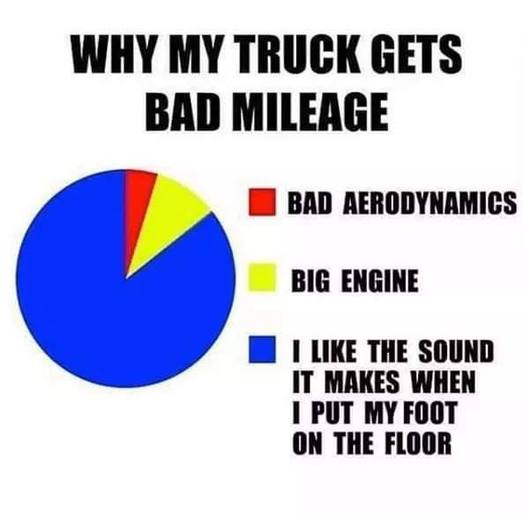I bought a stealth module for my Diesel.
It hooks between the MAP and the fuel pressure sensors and the ECM, but does not download anything to the ECM. My initial impressions are pretty good in regards to performance. I am seeing a pretty good reduction in turbo lag and not seeing any abnormal regenerations. I tried the Banks download earlier this year and it did a lot of regenerations, so I unloaded it. The partial throttle response really made the Diesel feel much more like a gasser. The "indicated" economy is about one MPG better, but am going to put a tank through it tomorrow to check fuel against mileage.
I "thought" it sent fake fuel pressure numbers to the ECM so it would bring the fuel on sooner, but now I think it is also fooling the MAP so it keeps the turbo loaded a little more when off throttle. It is hard for me to really tell because of it faking these sensors, so anything I see on the dash is what the Stealth wants the ECM to read. I would have to independently read the real MAP and fuel pressure sensors and compare against ECM values to really know, but it seem to work so why bother.
I will post once I get some real fuel economy numbers.
It hooks between the MAP and the fuel pressure sensors and the ECM, but does not download anything to the ECM. My initial impressions are pretty good in regards to performance. I am seeing a pretty good reduction in turbo lag and not seeing any abnormal regenerations. I tried the Banks download earlier this year and it did a lot of regenerations, so I unloaded it. The partial throttle response really made the Diesel feel much more like a gasser. The "indicated" economy is about one MPG better, but am going to put a tank through it tomorrow to check fuel against mileage.
I "thought" it sent fake fuel pressure numbers to the ECM so it would bring the fuel on sooner, but now I think it is also fooling the MAP so it keeps the turbo loaded a little more when off throttle. It is hard for me to really tell because of it faking these sensors, so anything I see on the dash is what the Stealth wants the ECM to read. I would have to independently read the real MAP and fuel pressure sensors and compare against ECM values to really know, but it seem to work so why bother.
I will post once I get some real fuel economy numbers.


